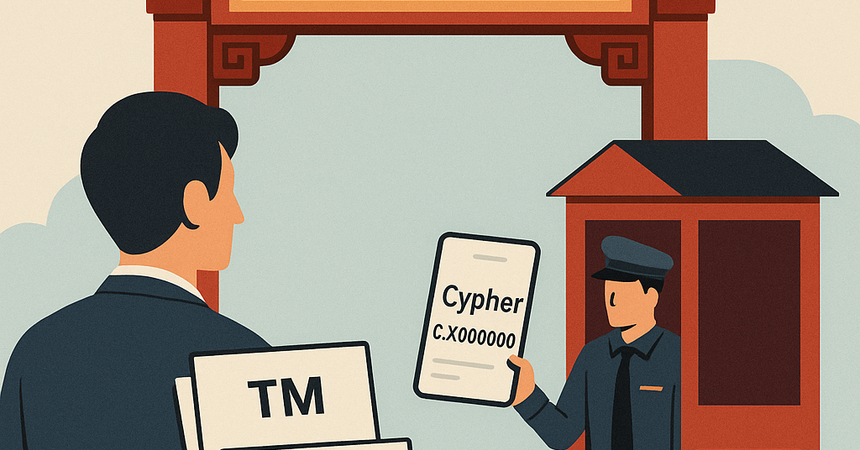Exporting food products and cosmetics to China is a promising but complex endeavor that requires thorough preparation. The Chinese market is highly regulated, competitive, and demands strict compliance with local standards. This article outlines the key steps necessary for a successful market entry.
Step 1: Assessing the Export Potential of Your Product
The first essential step is to determine whether your product can be exported to China. This is done by analyzing its Harmonized System (HS) Code:- Search for the product’s HS Code online (e.g., “HS Code chocolate”).
- dentify the first four digits — this indicates the product group.
- Use this code to check customs data: is the product being imported into China? In what volumes? From which countries?
- Important: Not all products are in demand. For example, toys or rubber balls from Russia are rarely imported to China, while chocolate, cookies, and vegetable oil are in higher demand.
Step 2: Registering a Trademark in China
To protect your brand and legally sell on Chinese marketplaces, you must register your trademark in China. Without it, third parties can register your brand name, and you won’t be able to list products on platforms like JD, Taobao, or Tmall.Key points:
- Direct registration with Chinese authorities is recommended (faster and more reliable).
- Madrid Agreement registration is possible but prone to errors or data loss.
- Registration in Class 35 (goods and services) ensures legal protection.
- Timeline:
- Application acknowledgment: ~30 days
- Acceptance notice: 3–4 months
- Full registration: ~12 months
- Valid for 10 years with renewal options
Step 3: Registering with the GACC (Cypher System)
Since January 1, 2022, all food producers exporting to China must register with the Cypher system (based on GACC Decrees No. 248 and 249).What is Cypher:
- An official registry managed by China’s General Administration of Customs (GACC).
- Only manufacturers are eligible (not distributors).
- Each production site receives its own Cypher ID.
- This ID must be printed on a Chinese-language label — without it, customs clearance is not possible.
Two types of registration:
- Simplified registration — for snacks, beverages, sauces, cosmetics, etc.
- With Russian authorities (Rosselkhoznadzor) — for meat, fish, dairy, butter, seafood.
- Simplified: ~2–4 months
- With oversight: 3 months to 1.5 years (requires inspections, translations, tech documents)
- Required info:
- Company tax ID (INN)
- List of products + first 4 digits of HS Codes
- Number of production sites
Step 4: Chinese Counter-Label (Sticker)
All imported products must have a special Chinese-language label — known as a counter-label.Must include:
- Product name
- Cypher number
- Manufacturer
- Shelf life
- Ingredients
- Importer in China
Without this label, the product will not pass customs.
What You Must Do Before Entering the Market- Verify export eligibility using HS Codes
- Register a trademark in China
- Complete registration in the Cypher system
- Prepare and approve Chinese labels
Common Mistakes
- Cypher applies to manufacturers only — not to sellers or intermediaries.
- No trademark? High risk of third-party brand hijacking.
- Marketing without documents is pointless: without Cypher and TM, customs will block entry.
- Supplements and pharmaceuticals require separate, costly certifications.
Practical Advice
- When a client says: “We want to export to China but don’t know how” — offer a paid consultation. The analysis is usually extensive.
- Ask the following:
- s the trademark registered?
- How many product categories (HS Codes)?
- How many production sites?
- If the client is a distributor, check if they have access to the manufacturer and necessary documents.
Export Process After Registration
- All documents are ready: TM, Cypher, counter-label
- Manufacturer can attend trade shows and contact buyers
- Once a buyer is found, an export contract is signed
- The contract is mandatory for customs clearance
